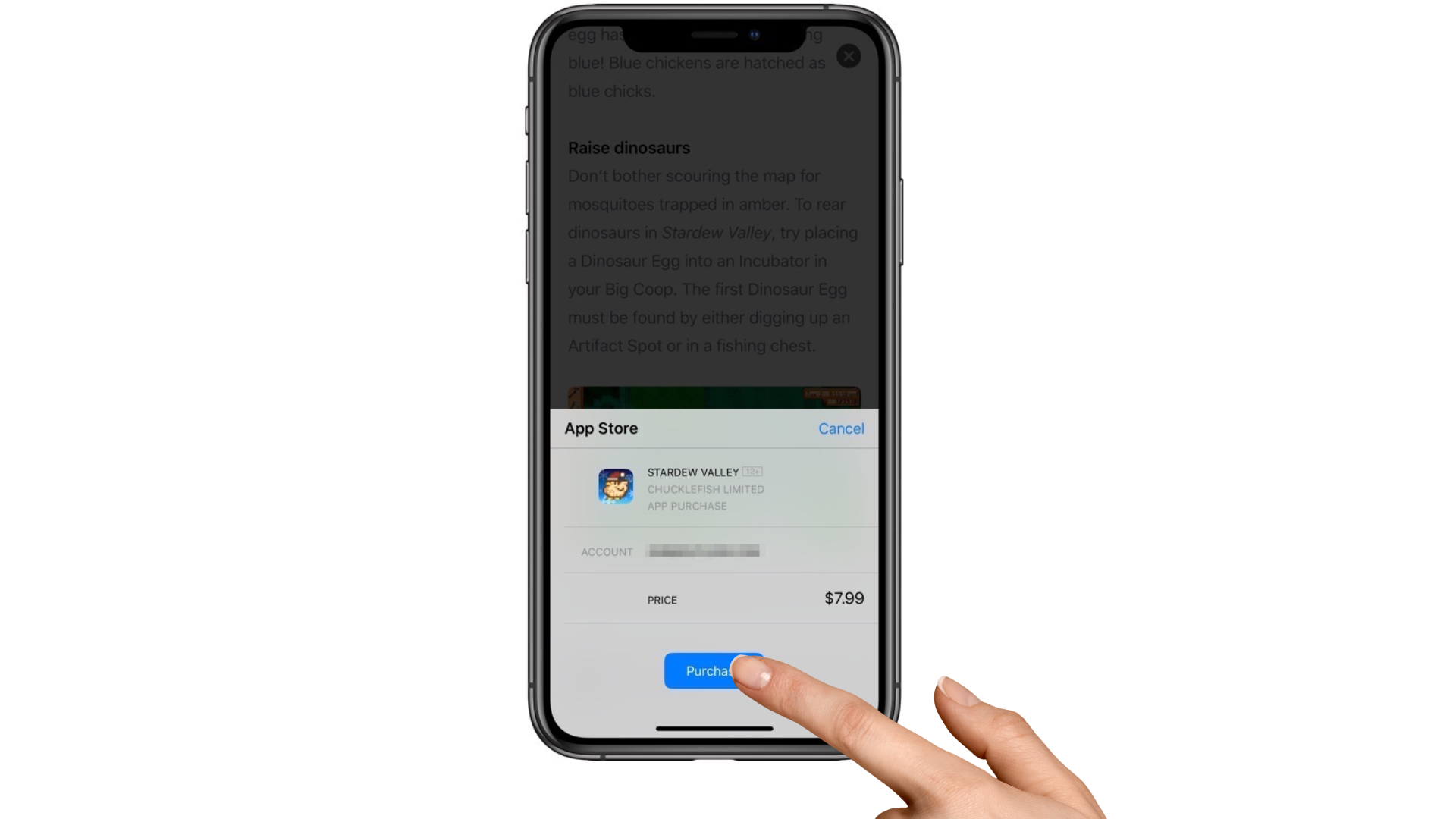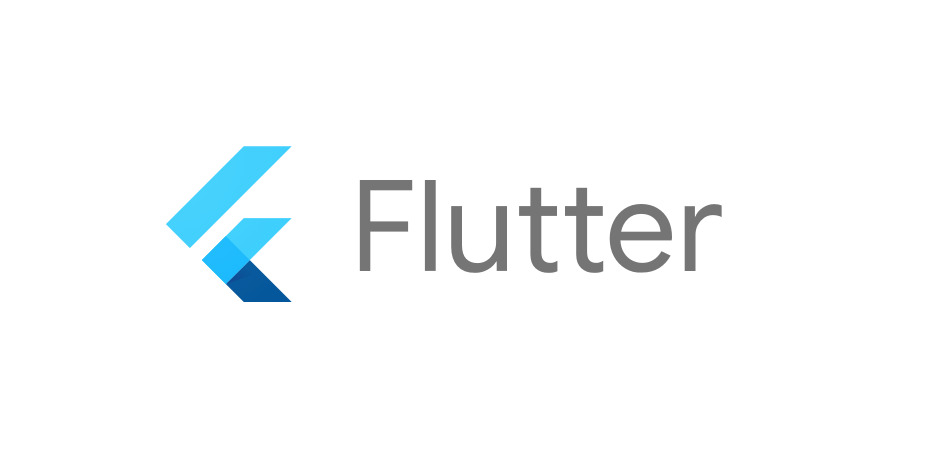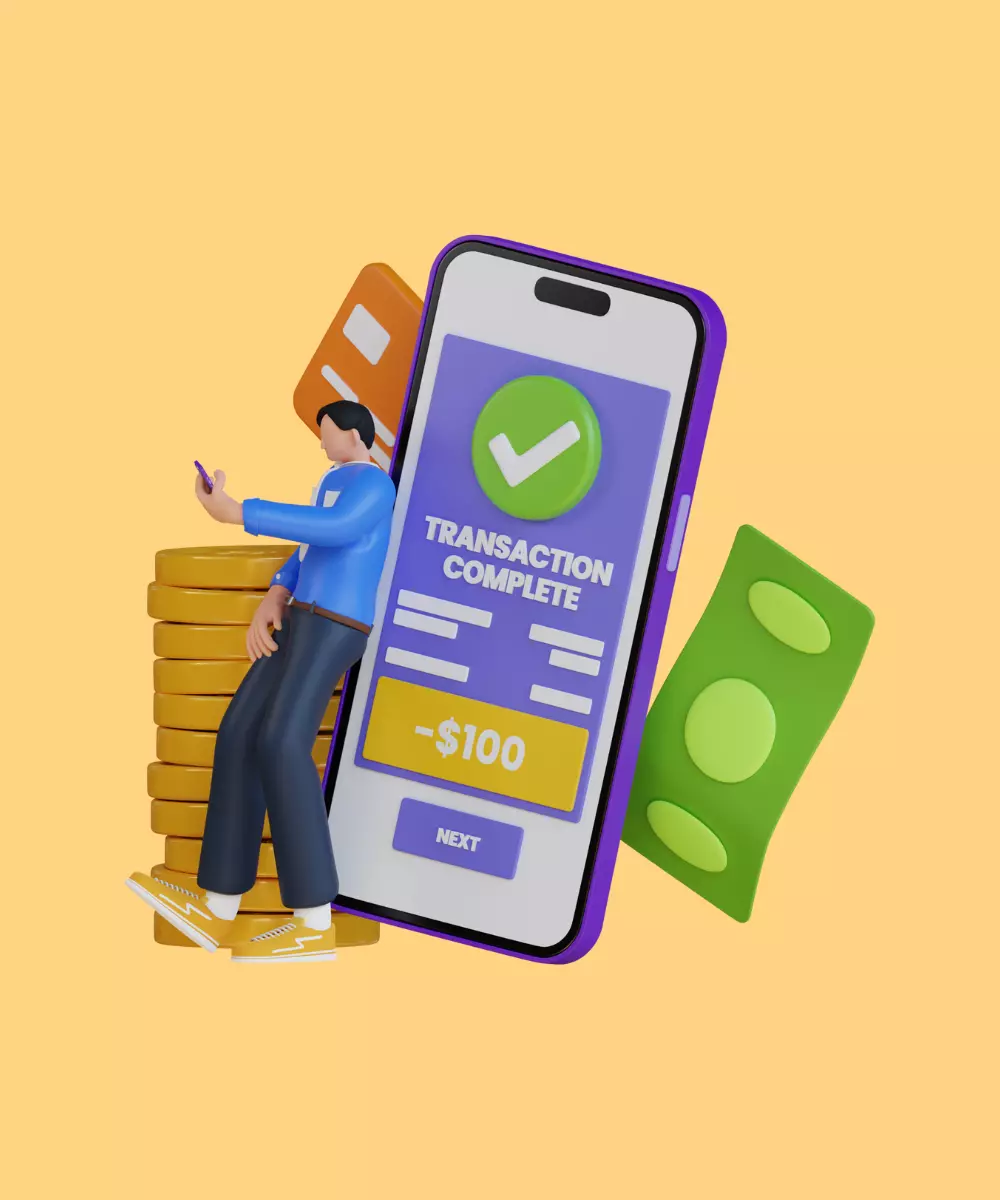In today's app-driven world, mobile applications have transformed the way we live, work, and play. However, convincing users to pay for an app can be a challenge. User resistance to app payments can stem from various factors, such as perceived lack of value, the prevalence of freemium models, and the availability of alternative options. In this article, we will explore the main factors contributing to user hesitation and discuss how Flutter, a powerful framework for developing high-performance, cross-platform apps, can address these concerns and persuade users of the value they can gain from paid apps.
Top Reasons Why Users Resist App Payments
Understanding the reasons behind user resistance to app payments is the first step in overcoming this obstacle. Here, we'll delve deeper into the primary reasons for this resistance.

Perceived lack of value
One of the primary reasons users resist making app payments is the perceived lack of value. Today's consumers are incredibly cautious about their expenditure, needing to see a clear benefit before parting with their hard-earned money. If an app's free version closely mirrors the paid version's capabilities, users lack the incentive to pay, reducing potential conversion rates. This resistance is particularly noticeable in instances where the difference between the app's free and premium version is just the absence of ads.
The rise of freemium models
Freemium models have reshaped the app landscape, offering users free access to basic functionality while monetizing additional features or premium content. While this model allows users to explore an app's capabilities before committing to a purchase, it can also create challenges in convincing them to pay for the full version. As users get access to basic functionalities for free with the promise of more advanced features behind a paywall, they often settle with the free version's capabilities. This reluctance to upgrade becomes more pronounced when users don't see a significant enhancement in the app's utility or user experience with the premium version.
Lack of trust in app quality
With numerous apps flooding the market, users are cautious about paying for an app they haven't tried before. They may doubt the quality, reliability, or performance of the app, leading to resistance in making a purchase. Establishing trust in the app's quality becomes crucial to overcome this barrier.
Security concerns
In a digital era fraught with security threats and data breaches, users are more cautious than ever about sharing sensitive information online, especially their financial details. When it comes to app payments, users might resist if they don't fully trust the app's security measures. Ensuring your app is secure and communicating this effectively to your users is crucial in overcoming this resistance.
Alternatives available
In an overcrowded app marketplace, alternatives to a paid app are abundant. When users are presented with similar free or cheaper alternatives that cater to the same functionality, they often opt for those. Hence, unless the app offers a unique selling proposition (USP) or an exceptional user experience, users are less likely to choose a paid version over a free or cheaper alternative.
Overwhelming choices
While having various pricing plans might seem like a good strategy to cater to different user needs, it can sometimes lead to decision paralysis. If users are presented with too many choices, they might find it hard to decide which one is the best for them. This could lead to resistance in making the payment as users might put off the decision until they can figure out which plan offers the most value for them.
Lack of payment flexibility
Limited payment options can also contribute to user resistance. Different users have different preferences when it comes to payment methods. Some might prefer credit cards, while others might want to use digital wallets or direct bank transfers. If an app doesn't offer a user's preferred payment method, they might resist paying, even if they see value in the premium features.
Unclear pricing structure
If the pricing structure of the app is not clear and transparent, users might resist making the payment. Hidden costs, additional charges for certain features, or complex pricing structures can lead to mistrust and hesitation. Users need to fully understand what they're paying for and how much they're paying. If this is not clear, they're likely to resist making the payment.
Inadequate customer support
Inadequate customer support can lead to user resistance in making app payments. If users have questions or issues about the payment process or the premium features and don't get the necessary support, they might resist making the payment. Effective and responsive customer support can not only solve user issues but also build trust, making users more likely to pay.
Fear of commitment
Finally, users might resist app payments due to fear of commitment. They might be worried about getting locked into a subscription or not being able to extract enough value over time. They may also be concerned about the process of canceling a subscription if they no longer wish to use the app. These concerns can make users hesitant to pay, even if they see value in the premium features.
Each of these reasons represents a unique challenge in persuading users to make app payments. Overcoming these challenges requires a combination of well-thought-out strategies and leveraging the right technology to deliver an exceptional user experience.
Practical Strategies to Overcome User Resistance to Pay

Transparency in pricing
Transparency in pricing is crucial to gaining users' trust and eventually their willingness to pay. Clearly articulate the value proposition of your paid version, giving a detailed breakdown of what additional features or services they get access to. If users can see the tangible benefits and understand where their money is going, they're more likely to consider making the purchase.
Strategic free trials
Free trials for premium features can give users a taste of what they could have access to with a paid version. This first-hand experience of the value-added features can make users more willing to pay in the long run. However, it's essential that the trial period showcases the best your app has to offer, so users can fully appreciate the value they'll get from upgrading.
Exclusive content and features
Offering exclusive content or features to premium users can add a layer of value that sets your app apart. Users need to feel that they're getting something special, unique, and worth their money. Exclusivity can also foster a sense of community and belonging, which can further increase users' willingness to pay.
Incentivize referrals
Referral programs can serve dual purposes: bringing in new users and encouraging existing ones to upgrade. Users can earn access to premium features by referring others to use the app, creating a win-win situation for you and your users.
Implementing These Strategies with Flutter

Flutter's rich widget library and customizable UI capabilities allow developers to implement these strategies dynamically. For instance, you can use Flutter to build dynamic pricing displays, time-limited trials, and exclusive content areas. Moreover, Flutter's ability to ensure seamless performance across different platforms means every user, irrespective of their device, can enjoy the best your app has to offer.
The role of a good Flutter partner
Having a capable Flutter development partner is crucial to effectively implementing these strategies. An experienced development team can leverage Flutter's full potential, creating an app that meets your business goals and users' needs. Check out our article on Discover the Best Flutter Partner: Crucial Factors to Focus On to learn more about this.
Conclusion
Overcoming user resistance to app payments may be a challenge, but creating an app that offers value and an exceptional user experience is a key factor in convincing users to transition from free to premium versions. By putting users at the center of your strategies, leveraging the power of Flutter, and working with the right development partner, you can transform user resistance into delight.
As a leading Flutter mobile app development agency, we understand the nuances and challenges of building high-performance, cross-platform apps. We leverage our deep expertise in Flutter to create apps that drive user engagement and foster a culture of delight.











